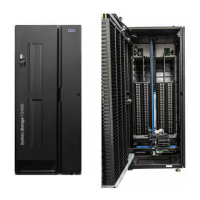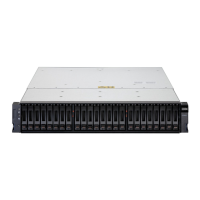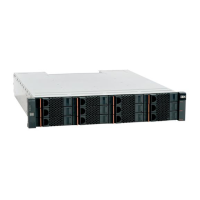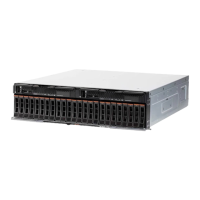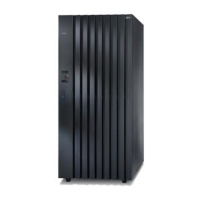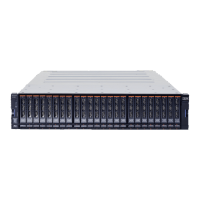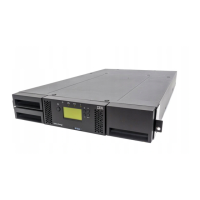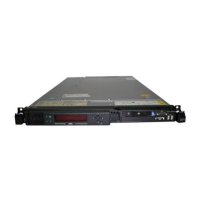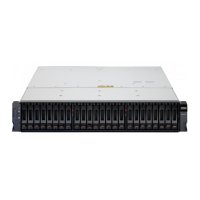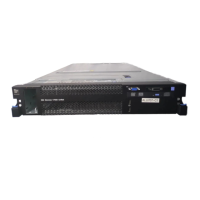150 IBM System Storage N series Hardware Guide
10.2.1 Single-parity RAID using larger disks
The various options to extend the ability of single-parity RAID to protect data as disks
continue to get larger are unattractive. The first option is to continue to buy and implement
storage that uses the smallest disk sizes possible so that reconstruction completes quicker.
However, this approach is impractical. Capacity density is critical in space-constrained data
centers, and smaller disks result in less capacity per square foot. Also, storage vendors are
forced to offer products that are based on what disk manufacturers are supplying, and smaller
disks are not readily available, if at all.
The second way to protect data on larger disks with single-parity RAID is slightly more
practical, but still not effective for various reasons. Keeping the size of arrays or volumes
small, the time to reconstruct is reduced. However, an array or volume that is built with more
disks takes longer to reconstruct data from one failed disk than one built with fewer disks.
Smaller arrays and volumes have the following costs that cannot be overcome:
More disks are lost to parity, which reduces usable capacity and increases the total cost of
ownership (TCO).
Performance is slower with smaller arrays, aggregates, and volumes, which affects
businesses and users.
The most reliable protection that is offered by single-parity RAID is RAID 1, or
mirroring. In
RAID 1, the mirroring process replicates an exact copy of all data on an array, aggregate, or
volume to a second array or volume. Although RAID 1 mirroring affords maximum fault
tolerance from disk failure, the cost of the implementation is severe. RAID 1 requires twice the
disk capacity to store the same amount of data.
The use of smaller arrays and volumes to improve fault tolerance increases the total cost of
ownership of storage because of less usable capacity per dollar spent. RAID 1 mirror with its
requirement for double the amount of capacity is the most expensive type of storage solution
with the highest total cost of ownership, as shown in Figure 10-3.
Figure 10-3 RAID 1 mirror
10.2.2 Advantages of RAID-DP data protection
Because the current landscape with larger disk drives affect data protection, customers and
analysts need a way to affordably improve RAID reliability from storage vendors. To meet this
demand, a new type of RAID protection called RAID Double Parity (RAID-DP) was
developed, as shown in Figure 10-4 on page 151.

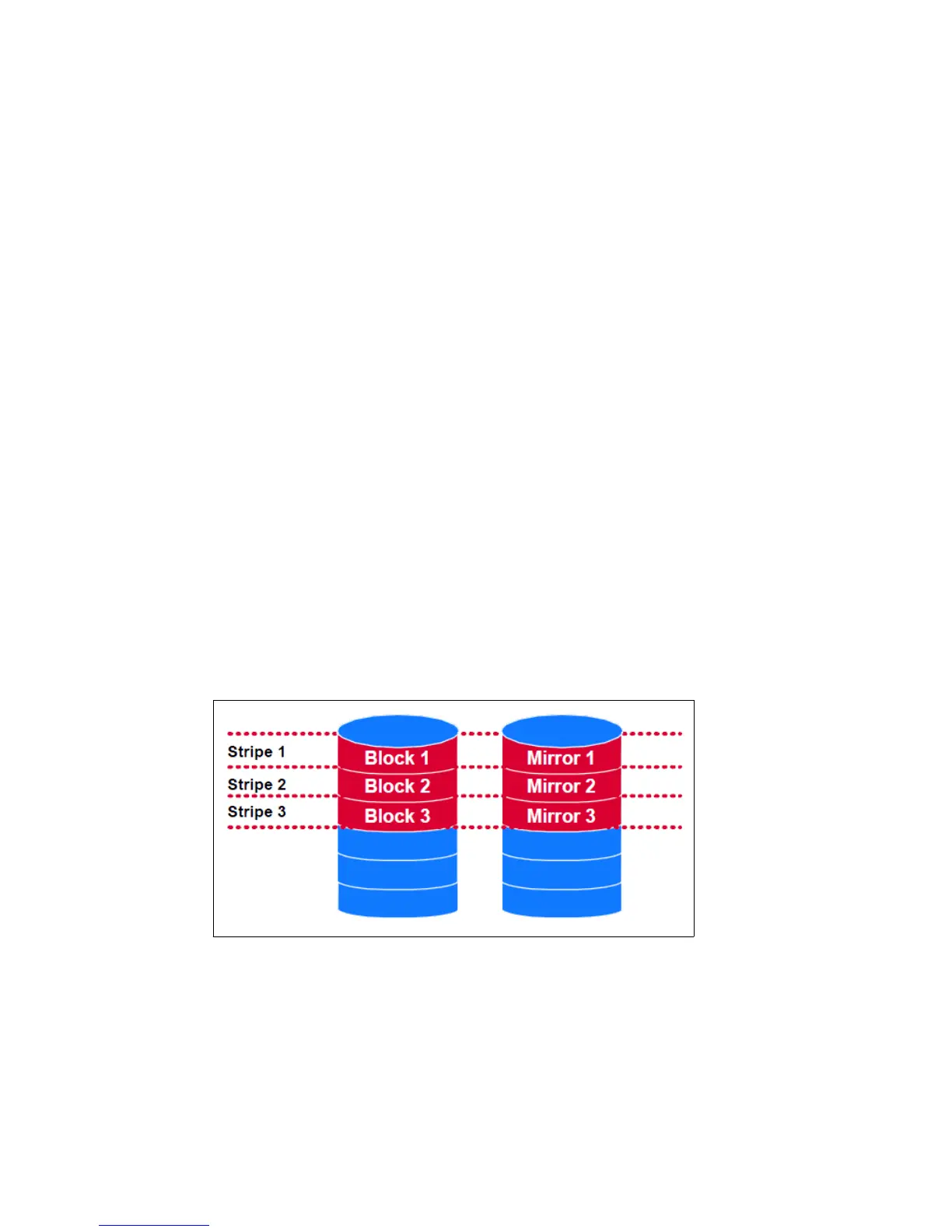